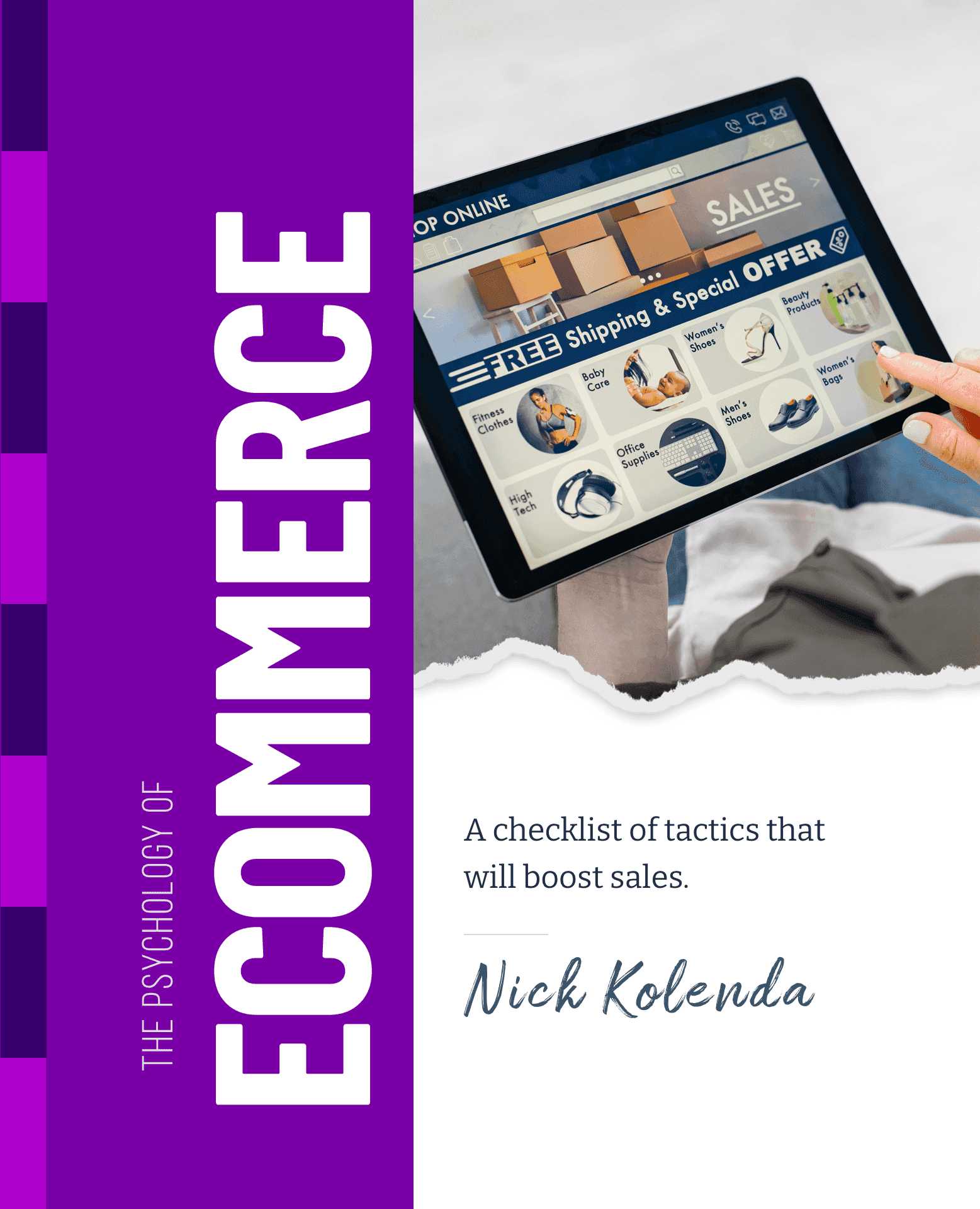
Imply the Presence of Humans in Product Images
Humans can reduce conversions because they distract from the product.
Should you display people in product images?
Yes — if they convey quality (e.g., apparel, beauty, jewelry; see Hassanein & Head, 2005).
Otherwise, try removing people.
Across 10k+ photos on Instagram, travel destinations received fewer likes and reduced sales if they showed somebody in the photo (Lu et al., 2023).
Why It Works
- Lack of Ownership. It's their product. Not my product (Lu et al., 2023).
- Distracts From Products. Customers fixate on the person (Kalkstein et al., 2020).
- Contamination. Products seem inferior when other people touch them (Argo et al., 2006).
How to Apply
Humans have the potential to boost conversions because they generate positive emotions, but they often reduce conversions because they distract from the product.
But there's a solution: Imply the presence of a human (Poirier et al., 2024).
Add various cues:
- Nearby Traces. A blender next to sliced fruit.
- Slight Disturbances. A pillow that is slightly crumpled.
- Mid-Actions. A chair in mid-swing.
- Environmental Imprints. Footprints in the sand.
- Less Salient Humans. Cropped head or reflection in a mirror.
These examples can give you the emotional benefits of humans without the attentional drawbacks.
Stronger For
- Used Products. Seeing the previous owner can backfire (Kim, 2017).
Caveats
- Appearance Products. Show people if they are crucial to product quality.
- Service Providers. You can show home inspectors because they don't symbolize the customer.
- Guilty Pleasures. We feel justified buying cookies if we see other people eating them (Poor et al., 2013).
- Humans Grab Attention. They can still work in adverts.
- Argo, J. J., Dahl, D. W., & Morales, A. C. (2006). Consumer contamination: How consumers react to products touched by others. Journal of Marketing, 70(2), 81-94.
- Hassanein, K., & Head, M. (2005). The impact of infusing social presence in the web interface: An investigation across product types. International Journal of Electronic Commerce, 10(2), 31-55.
- Kalkstein, D. A., Hackel, L. M., & Trope, Y. (2020). Person-centered cognition: The presence of people in a visual scene promotes relational reasoning. Journal of Experimental Social Psychology, 90, 104009.
- Kim, J. (2017). The ownership distance effect: the impact of traces left by previous owners on the evaluation of used goods. Marketing Letters, 28, 591-605.
- Lu, Z. Y., Jung, S., & Peck, J. (2023). It Looks Like" Theirs": When and Why Human Presence in the Photo Lowers Viewers’ Liking and Preference for an Experience Venue.
- Poor, M., Duhachek, A., & Krishnan, H. S. (2013). How images of other consumers influence subsequent taste perceptions. Journal of Marketing, 77(6), 124-139.
- Poirier, S. M., Cosby, S., Sénécal, S., Coursaris, C. K., Fredette, M., & Léger, P. M. (2024). The impact of social presence cues in social media product photos on consumers’ purchase intentions. Journal of Business Research, 185, 114932.

Want more tactics?
Get all my free ecommerce tactics